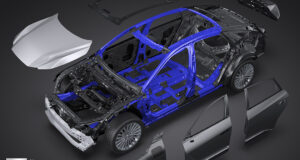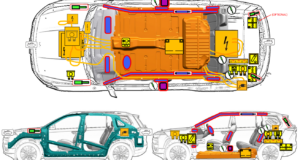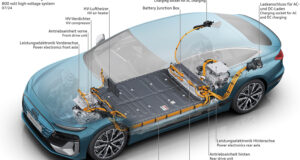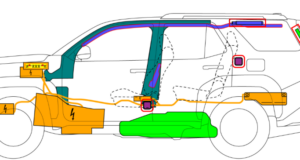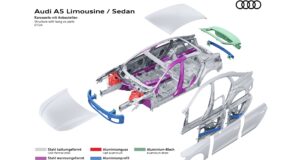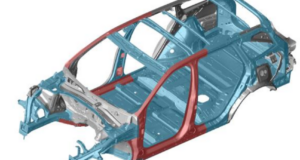Leave to German engineering to add features like PRE-SAFE that can detect instability suggesting that a collision or rollover is imminent. PRE‑SAFE can then tighten the front seat belts, adjust the front passenger seat, and close the windows and sunroof. Part of the PRE-SAFE system are radar-based sensors that can detect an impending collision with a vehicle ahead of the E‑Class. PRE‑SAFE Brake then automatically applies up to 100% of the car’s braking force to help reduce the severity of impact.
With 78% of its body panels made from high-strength steel, the body structure of the new E-Class Wagon is even more rigid than its renowned predecessors. The advanced front crumple zone has been refined with thousands of computer-simulated collisions and countless crash tests. An innovative front bulkhead and deformation zones that act on four independent levels to help divert the energy of a frontal impact under, over and around the passenger cabin. The rear crumple zone includes specific design features for the wagon body style, including a high-strength steel floor and spare-tire well with an additional metal shell, diagonal reinforcements beneath the floor, and box-section longitudinal members. The fuel tank is located forward of the rear crumple zone.
Airbags: An advanced system of 9 air bags offers 11-way occupant protection. Dual two-stage front air bags, front side-impact air bags, front pelvic air bags, a driver’s knee air bag, and window curtain air bags for both seating rows are standard. Rear side-impact air bags are optional.
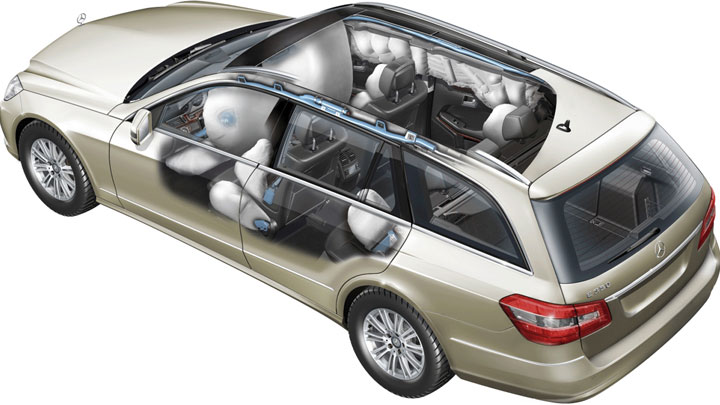
 Boron Extrication An in-depth look into vehicle extrication and rescues involving today's automobiles
Boron Extrication An in-depth look into vehicle extrication and rescues involving today's automobiles

